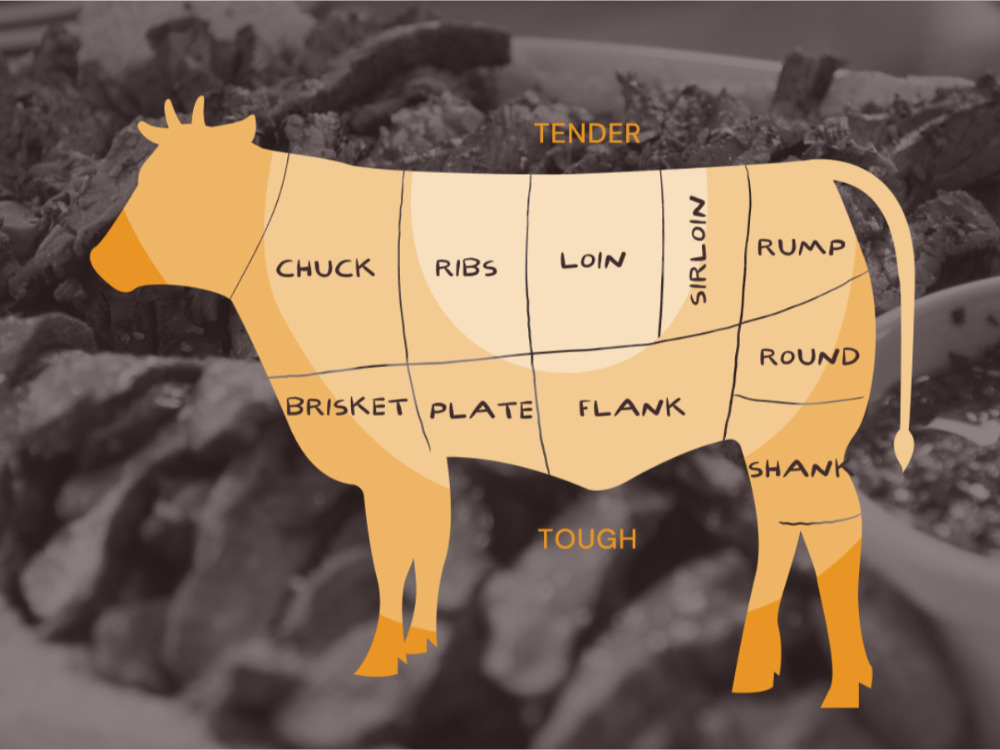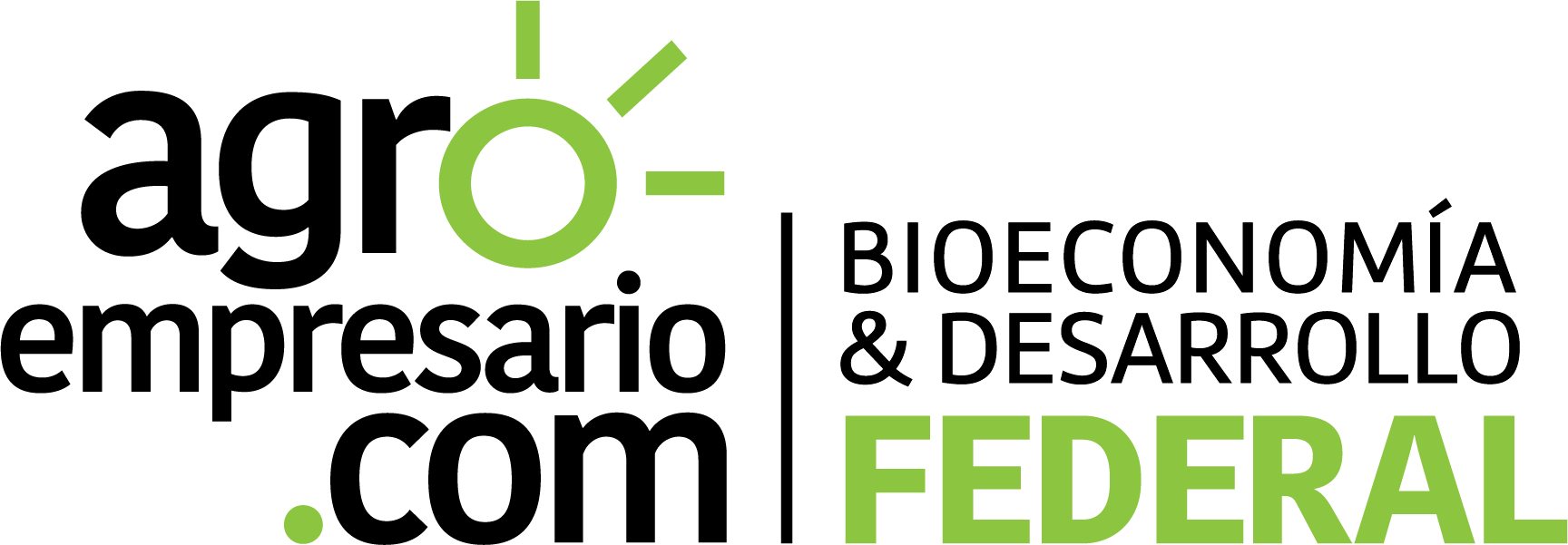
By Agroempresario.com
The consumption of local and organic meat continues to rise, but at the same time, confusion among consumers grows due to unclear labeling and the dominance of large corporations. According to Michele Thorne, executive director of the Good Meat Project, 55% of consumers feel overwhelmed by conflicting information when it comes to choosing meat, according to a survey from the National Grocers Association.
The Good Meat Project, founded in 2014 from the Portland Meat Collective, aims to reduce that uncertainty by providing educational and transparent resources. Through its platform, consumers can access a directory of producers, butchers, restaurants, and retailers who sell meat aligned with ethical values, such as animal welfare and environmental sustainability.

In September of this year, the project launched the Good Meat Finder, a geolocated tool that allows consumers to find meat that matches their principles. According to Thorne, this directory not only facilitates purchases but also provides detailed information about raising methods, animal feed types, and whether products are certified by organizations like the American Grassfed Association.
One of the Good Meat Project's key initiatives is promoting whole-animal utilization. Instead of focusing solely on popular cuts, the project encourages the use of all animal parts, including organs and bones, contributing to a more efficient and less wasteful supply chain.

Although bulk meat purchases, such as half a lamb or a quarter cow, may seem impractical, Thorne argues that, in many cases, it is more cost-effective than buying individual cuts from a traditional retailer. Furthermore, the project offers resources to help consumers understand how to store and use these larger quantities.
Looking ahead to 2025, the Good Meat Project plans to expand its reach, develop new educational tools, and continue its fundraising efforts to sustain its initiatives. It will also focus on creating bilingual resources to reach a more diverse audience, ensuring that more consumers can make informed decisions when choosing meat.
